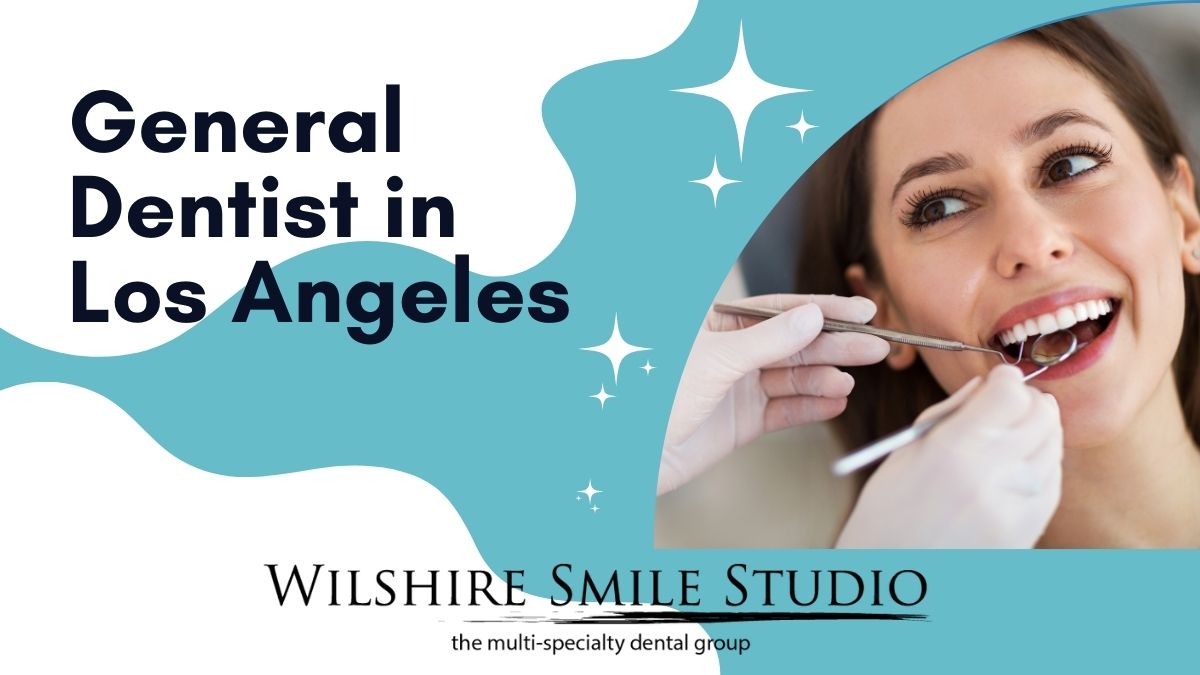The Greatest Guide To Legacy Orthodontics
The Greatest Guide To Legacy Orthodontics
Blog Article
How Legacy Orthodontics can Save You Time, Stress, and Money.
Table of ContentsIndicators on Legacy Orthodontics You Should KnowWhat Does Legacy Orthodontics Mean?More About Legacy OrthodonticsThe Best Strategy To Use For Legacy OrthodonticsLegacy Orthodontics Things To Know Before You Buy
In addition, we use flexible treatment timetables, adaptable settlement alternatives and a fun, enjoyable experience.An orthodontist is a dental practitioner educated to identify, avoid, and treat teeth and jaw irregularities. They fix existing problems and are trained to determine problems that might create in the future. Orthodontists collaborate with people of all ages, from youngsters to grownups. Individuals usually link a best smile with health.
Malocclusion, or misaligned teeth, can cause oral problems, including tooth decay, gum tissue illness, and difficult or painful eating. But not every person is birthed with straight teeth. If you have a poor bite or huge spaces in between your teeth, you may wish to seek advice from a dental expert specializing in orthodontic care.
About Legacy Orthodontics
( Image Credit Score: DigitalVision/Getty Images) Orthodontists utilize dealt with and detachable oral devices, like braces, retainers, and bands, to alter the setting of teeth in your mouth. Orthodontic treatment is for oral problems, including: Misaligned teethBite problems, like an overbite or an underbiteCrowded teeth or teeth that are as well much apartJaw misalignmentThe objective of orthodontic therapy is to enhance your bite.
A healthy and balanced bite ensures you can eat, chew, and talk properly. While you might think about orthodontists as generally for children or teenagers who need dental braces, they can remedy oral problems at any type of age. Orthodontists participate in university, dental college, and orthodontic school. After graduation, they spend 2 or 3 years in an orthodontic residency program.
All orthodontists are dental professionals, however not all dental experts are orthodontists. Orthodontic residency programs supply intensive, focused instruction for dental experts. They concentrate on 2 locations: Exactly how to appropriately and securely move teeth Exactly how to appropriately lead growth in the teeth, jaw, and faceOnce an orthodontist has actually finished training, they have the option to come to be board accredited.
Legacy Orthodontics Fundamentals Explained
Misalignment, or malocclusion, is one of the most common factor people see an orthodontist. It is genetic and is the result of size distinctions between the upper and lower jaw or in between the jaw and teeth. Malocclusion brings about tooth congestion, an irregular jaw, or uneven bite patterns. Malocclusion is typically treated with: Your orthodontist attaches metal, ceramic, or plastic square bonds read here to your teeth.
Some individuals need a headwear to aid move teeth right into line with stress from outside the mouth. A retainer is a personalized tool that maintains your teeth in area.
They're frequently used on kids. They can produce additional space in the mouth without having to pull teeth. If you have a major underbite or overbite, you may need orthognathic surgery (also called orthodontic surgery) to extend or shorten your jaw. Orthodontists use wires, surgical screws, or plates to support your jaw bone.
You may require to see an orthodontist if you have: Crowding or otherwise enough area for every one of your teethOverbite, when your upper teeth come your base teethUnderbite, when your bottom teeth are too much forwardSpacing or issues with gapsCrossbite, which is when your top teeth fit behind your bottom teeth when your mouth is closedOpen bite or an upright space in between your front base and top teethMisplaced midline, when the center of your base and top teeth don't align Remedying a dental malocclusion can: Make attacking, eating, and speaking easierImprove the balance of our face and your general appearanceEase pain from temporomandibular joint conditionsSeparate your teeth and make them simpler to clean, aiding stop tooth decay or cavities It's frequently a dental practitioner that first notifications misaligned teeth during a regular test.
What Does Legacy Orthodontics Do?

Throughout your first orthodontic assessment, you'll likely have: A dental examPhotos taken of your face and smileDental X-raysPanoramic (360 degree) X-rays of your face and headImpressions to develop molds of your teethThese examinations will certainly help your orthodontist know how to proceed with your therapy. orthodontist. An orthodontist is a dental practitioner that's had training to treat your teeth and jaw
An orthodontist is concentrated on your bite, so something like a cracked tooth would be handled by a dental practitioner. Orthodontists are focused on your bite, or the method your teeth fit with each other, and the straightness of your teeth.
Ever before questioned just how celebs constantly appear to have perfectly aligned teeth? Orthodontists are dental experts who focus on remedying abnormalities in the teeth and jaws.
5 Easy Facts About Legacy Orthodontics Shown

While dental braces are the most frequently identified orthodontic treatment, orthodontists have a varied toolkit at their disposal. The details approach picked depends upon the intensity of the instance, the patient's age, and individual preferences. These reliable braces utilize a system of braces adhered to the teeth and connected by wires.
Clear aligners, like Invisalign, are a prominent choice for clients seeking a more discreet treatment option. These detachable trays are customized to gradually move the teeth's position. Headgear may be used combined with braces or aligners to apply added targeted pressures, specifically for dealing with jaw disparities. In cases of narrow jaws, palatal expanders can be used to produce area for appropriate tooth positioning.
Report this page